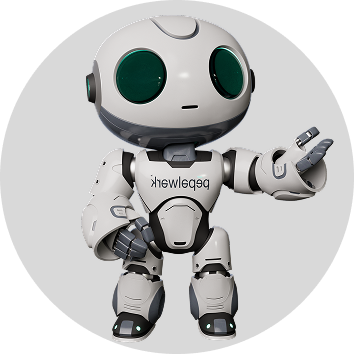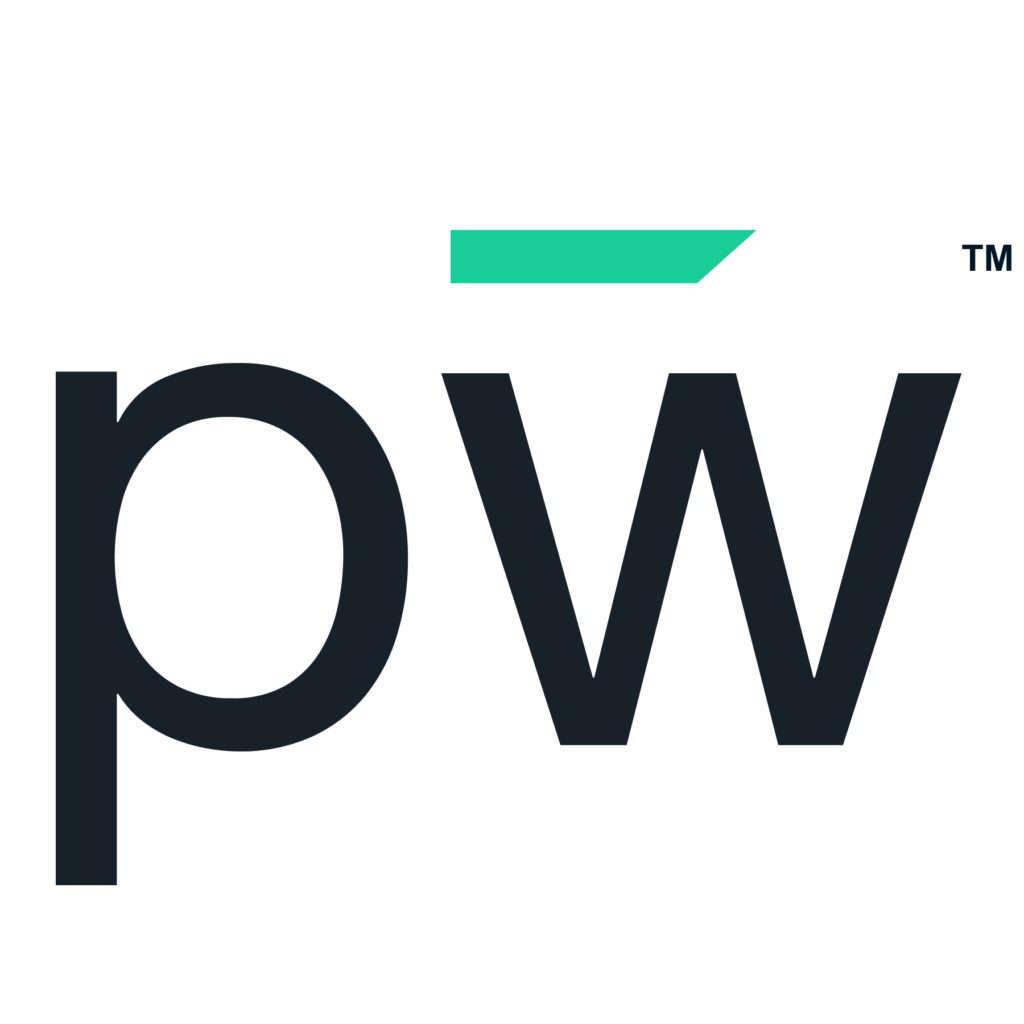In career services, you play a pivotal role in helping students be career-ready. This involves making a lot of recommendations and sharing wisdom to help them realize their potential and be attractive candidates to employers. Much of the emphasis on this is for job seekers to be specific about job skills, which are the hard skills that are essential for them to have to be qualified for a position.
However, there’s more to a person than these skills. They also have attributes, which are soft skills, and they are just as critical. So, what’s the difference between job skills versus attributes, and how can you help students identify and highlight them?
Skills vs. Attributes
You may not differentiate between skills versus attributes in casual conversation. However, they aren’t the same in regard to finding a suitable career. Job or hard skills describe technical abilities people learn through education and training. Examples may include proficiency with software or knowing how to operate a piece of machinery.
Attributes or soft skills refer to personal or interpersonal capabilities. These may be hard to quantify in some ways, but they are in high demand with employers. According to a report from McKinsey, skill-building is now standard practice, and companies are seeking candidates with social and emotional skills. In fact, the report found that the number of businesses emphasizing these skills nearly doubled from 2020 to 2021.
Students can develop these soft skills through specific programs that enable them to be better communicators, problem solvers and collaborators. These skills are also things that people can work at independently and develop through work experience. Ensuring students can define and highlight their skills and attributes will be vital to their ability to land in-demand jobs. How can they do this?
The Best Attributes for Your Students To Showcase
Traditionally, you would advise students to list their attributes on their resume. That’s one option that you’re likely using now.
However, there are alternatives: job-matching platforms. This emerging technology eliminates resumes and applications in favor of people creating profiles that include all their skills and attributes. Then, machine learning algorithms analyze the data from a job seeker’s profile and a company’s job profile to create matches.
In either case, these are the attributes job seekers want to highlight:
- Communication: Candidates for any role should have excellent verbal and written communication skills. This signals that someone can articulate goals, challenges and other contingencies and do so in a way that’s clear and concise.
- Collaboration: Working together is critical in any business, and, according to a report by the National Association of Colleges and Employers (NACE), 76% of hiring managers want new hires to be great at teamwork. The ability to connect to others and get things done as a group will only grow more important, so encourage students to give examples of how they’ve done this.
- Leadership: Being a leader doesn’t mean you have to be in management or the C-suite. All people can demonstrate great leadership abilities, even if they are individual contributors. Being a great leader means they can problem-solve, collaborate and listen. Again, they can define examples of how they led a past project.
- Problem-Solving: Most work requires problem-solving every day. Being able to overcome and resolve challenges is another trait employers seek, with nearly 86% of hiring managers preferring to hire people that are successful at this, the NACE report found. Students can also include this attribute as part of their profile by detailing situations where they needed to solve a problem.
Check out the video below to learn more about the value of attributes for job seekers.
Help Students Define and Highlight Their Skills and Attributes
Your students may need some clarity about the skills and attributes they possess. Start by understanding their career goals and assessing where they currently excel. Through this process, you can assist them in connecting their aptitudes, attributes and attitudes to a job that will meet their work-life goals.
Having a platform that offers these assessments and setting goals will be key to how you support students today and in the future. The pepelwerk platform focuses on job-matching and enabling individuals to learn about jobs and find a path to achieve them by developing skills and attributes. The pepelwerk Real World of Work Program is ideal for this.
The career services platform offers more benefits for you and your students, including delivery and outcomes reporting, course matching, predictive analytics, on-demand career coaching and mentoring, and virtual reality career exploration.
To learn more about pepelwerk, job-matching platforms and modern education in the 21st century, read our resource, “Building 21st-Century Learning Systems.”










